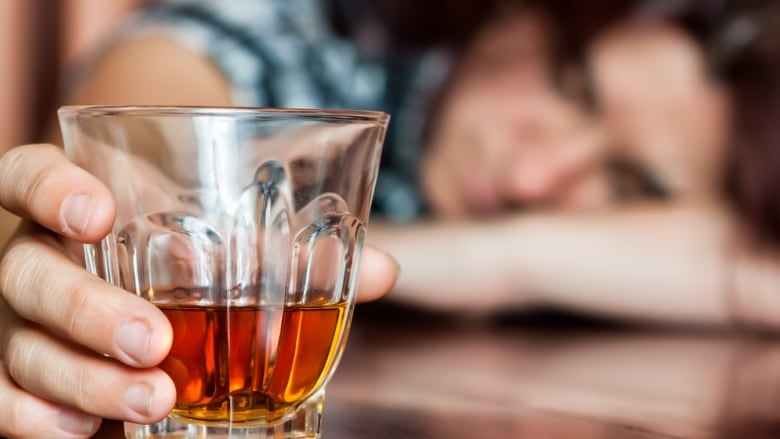Sask. impaired driving rate highest of provinces last year
Sask. had 575 impaired driving incidents per 100,000 people in 2015

Saskatchewan led the provinces last year in its impaired driving rate, anew study from Statistics Canada shows.
In 2015, the province had 575 impaired driving incidents per 100,000 people reported by police. By comparison, Alberta's rate, the second-highest, was 314 per 100,000 people.
Rates of impaired driving in Regina and Saskatoon were third and sixth highest in the country, respectively.
- Sask. government introducing tougher anti-drunk driving rules
- Sask. doesn't see drunk driving as a problem 'until someone actually dies': MADD
- 300+ drunk driving charges laid in July, triple last year's rate
Compared to the last study conducted by Statistics Canada, Saskatchewan's impaired driving rate is dropping.In 2011, the province saw an impaired driving rate of 683 per 100,000 people.
As of Jan. 1, Saskatchewan will be rolling out tougher impaired driving laws.
Under the proposed rule changes, experienced drivers found to have .04 to .08 blood-alcohol levelon a first offencewill have their vehicles seized and impounded for three days. Currently, there are no vehicle seizures for experienced drivers with that blood-alcohol level.
As well, any driver 21 years old and under will receive an automatic 60-day licence suspension if they are caught with any alcohol in their system. Currently, that law is directed at drivers 19 years old and younger.
Rate of police-reported impaired driving incidents, by census metropolitan area:
- St. John's.
- Kelowna.
- Regina.
- Victoria.
- Moncton.
- Saskatoon.
- Edmonton
- Abbotsford-Mission, B.C.
- Halifax.
- Saguenay, Que.
People who play team sports more likely to drink and drive
While it's no surprisethat adult league players will have a few beers after sportssuch as slow-pitch, hockeyor curling, some of those people reported they'll get behind the wheel after that.
The report found that people who have a healthy lifestyle are generally less likely to report driving after drinking, though people who play on team sports are 'an exception tothis rule'. Of people who play on a team, 7.3 per cent reported driving after drinking, compared with 3.9 per cent of people who said they're inactive.
Butat the Highland Curling Club in Regina,general manager Dave Loose says there hasbeen a change for the better over the years.
"You don't get many teams that'll stick around for multiple drinks for a long time anymore, a lot of it is they'll come up for one. But I think people are more cautious about it because the rules are strict, and people are more aware of how dangerous it is to do that," he said.
Loose says his bartenders are trained according tolocal laws to keep an eye out for people who are drinking to excess, and to prevent it or intervene and suggest a cab ride when people do have too much.
He also says he's seeing more teams plan ahead for a designated driverif they plan to spend time inthe lounge.
"It seems like more teams are more conscious about that," he said."It's a wonderful atmosphere, and Idon't think that's changed much."
Regina Bonspiel and SGI provideshuttle
As a curler,Dan Folk agrees more people are makingsure the social part of their game is funandsafe.
But as an organizer with the upcoming Regina Men's Bonspiel,he says there's yet anothersolution for keeping the players from drinking and driving.A sponsorship with SGI allows the bonspiel to provide a shuttle between rinks, and even to their homes.
"We have three curling rinks within the city and they're basically on opposite ends of the city. And we have various games throughout the day, so you might be curling at one rink in the morning and then in the evening at another rink," he said. "So in between, you might want to have a drink or two, and if you want to do that we have this program that's available and people can take advantage of it, and it's become quite popular actually."
Folk and Loose agree that socializing is a major part of curling, and it always has been, but it doesn't have to come at the expense of safe roads.
"I know sometimes the curlers out there have a bit of a reputation of going out on the rink and then socializing afterward, and that's all fine, as long as we just understand what we're doing is the right thing," Folk said.












_(720p).jpg)


 OFFICIAL HD MUSIC VIDEO.jpg)
.jpg)



























































































